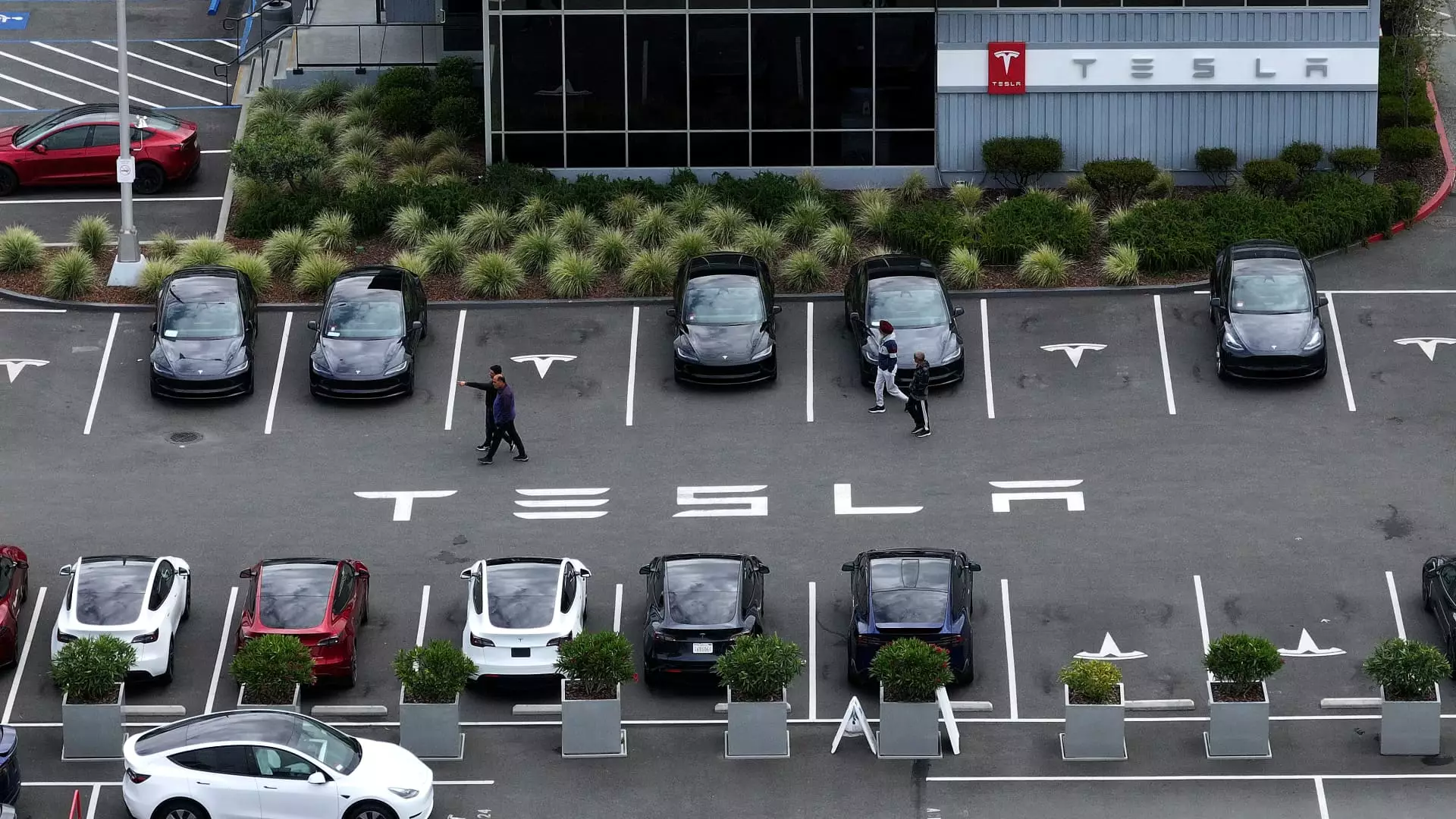Tesla, the electric-vehicle maker, recently announced a significant restructuring that includes the elimination of approximately 600 employees across its manufacturing facilities and engineering offices in California. The job cuts, ranging from entry-level positions to director roles, have impacted various departments, including factory workers, software developers, and robotics engineers. The decision to cut jobs comes as Tesla faces weakening demand for its electric vehicles and increased competition in the market.
The layoffs at Tesla are a reflection of the company’s efforts to address inefficiencies and streamline its operations. CEO Elon Musk previously stated plans to reduce the global workforce by more than 10%, with a total headcount of 140,473 employees at the end of 2023. The restructuring aims to improve profitability and competitiveness in the electric vehicle industry. However, the extent of the layoffs could have a broader impact than initially suggested, as hinted by Musk’s acknowledgment of a 25% to 30% “inefficiency” built up over the years.
The Worker Adjustment and Retraining Notification (WARN) Act filing revealed specific details about the job cuts at Tesla’s manufacturing plant in Fremont and engineering headquarters in Palo Alto. In Fremont, 378 jobs were eliminated, including roles related to vehicle assembly and battery development. The cuts in Palo Alto affected 233 employees, including directors of technical programs and design roles. Additionally, positions involved in app design and development for customers and employees were terminated, emphasizing Tesla’s shift in focus and priorities.
Tesla’s decision to downsize its workforce comes amid challenges such as reduced demand for its older vehicle models and increased competition in the global electric vehicle market. The company reported a decline in total deliveries in the first quarter and faced revenue challenges, signaling the need for strategic adjustments to sustain growth. Competitors, particularly in China, have introduced competitive electric vehicle models, putting pressure on Tesla’s market share and pricing strategies.
Despite the layoffs and market challenges, Tesla remains focused on advancing its technological developments, including self-driving software, robotaxis, and humanoid robots. CEO Elon Musk has emphasized the company’s long-term vision for autonomous driving capabilities and innovative products. Tesla’s commitment to expanding its charging infrastructure, despite recent cuts to the Supercharger team, underscores its dedication to enhancing customer experience and adapting to industry standards.
Tesla’s recent layoffs reflect the company’s restructuring efforts to address operational inefficiencies and adapt to evolving market conditions. While the job cuts have had a significant impact on employees across various departments, Tesla’s focus on technological advancements and innovative solutions highlights its commitment to long-term growth and sustainability. As Tesla navigates the challenges of the electric vehicle market, the company’s strategic decisions and future innovations will play a crucial role in shaping its competitive position and industry leadership.


Leave a Reply